
Art Direction
The women's athletics (4x100m relay) is about to win a gold medal at the 2016 Olympic Games, the Brazilian victory is almost certain and the athletes are one step closer to what would be a milestone. If only one fatal error hadn't put off their dreams: the carelessness of the young Maria Lúcia causes the group to be disqualified. This changes Maria Lúcia and Adriana's lives forever, Adriana does not forgive her teammate after the final. Four years go by. Maria Lúcia is still the great promise in athletics while Adriana makes a living out of MMA fighting. A few months away from the Tokyo Olympics, they are called in to join the new 4x100 team. This time, Maria Lúcia and Adriana need to overcome the mistakes of the past. They count on the help of veterans Rita and Jaciara as well as newcomer Bia, athletes who rediscover their true power as a team, showing that the Brazilian women's athletics is stronger than ever.
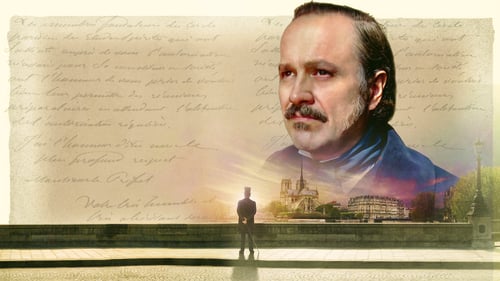
Art Direction
The story of Allan Kardec, from his days as an educator to his contribution to the spiritist codification.
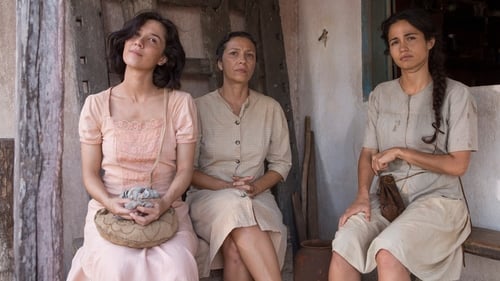
Production Design
In the thirties, two sisters separated by fate face prejudice and sexism, one by the high society in a big city and the other by a group of renegades in the countryside. Despite the distance, they know that they can only count on each other and both of them will assert themselves in their own and surprising way.

Production Design
João Carlos Martins was a child with serious health problems. Because of this, he had a reclusive childhood. But one day, the piano came into his life. He arises as a stubborn boy who, in a few years turns into one of the biggest promises of the world classical music.
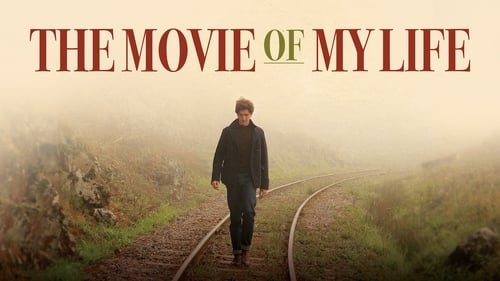
Art Direction
The sierras of southern Brazil, 1963. The son of an French man and a Brazilian woman, Tony is a young man with a profound love of cinema and poetry. After graduating from college he returns to his small town in rural Brazil, to find out that his father had left for good, back to France. Tony then looks for the company of his fathers friends in search of information and references of a lost male role-model. He becomes a school teacher and a male figure to kids, in an attempt to provide them with something he lacks himself. A series of developments lead him to a surprising final lead on his fathers' whereabouts and reasons for leaving.

Production Design
The sierras of southern Brazil, 1963. The son of an French man and a Brazilian woman, Tony is a young man with a profound love of cinema and poetry. After graduating from college he returns to his small town in rural Brazil, to find out that his father had left for good, back to France. Tony then looks for the company of his fathers friends in search of information and references of a lost male role-model. He becomes a school teacher and a male figure to kids, in an attempt to provide them with something he lacks himself. A series of developments lead him to a surprising final lead on his fathers' whereabouts and reasons for leaving.

Art Direction
Franck and his girlfriend Sonya, plus some of their friends go on holiday in Brazil. Franck, his friends, two girls and Sonya's grandmother leave to visit a cave, but everything goes wrong and their crazy adventures begin.
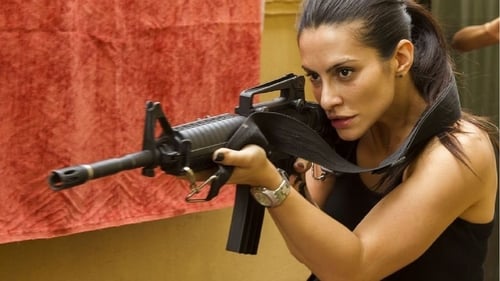
Art Direction
リオデジャネイロの犯罪多発地帯。はりきるルーキーを始め、街を守ろうとする警官たちが蔓延する腐敗と戦う。だがあくまでタフなこの街。彼らは正義を貫けるのか。

Art Direction

Art Direction
After several behavior problems, teenager John is admitted to a psychiatric clinic by his family. There he meets Judith, for who he soon falls in love. The problem is that she does not have long to live and they know it. This shall not prevent the emergence of a great romance in the clinic.
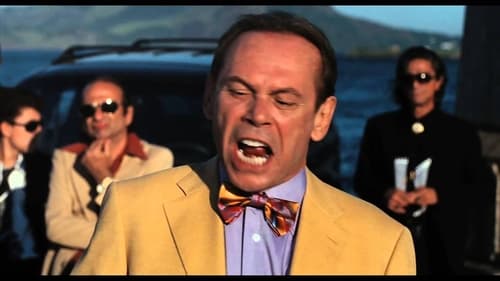
Production Design
Giovanni Improtta is a criminal who wants to climb the social ladder and become a law-abiding citizen. To achieve it, he commits some more crimes He is betrayed, and ends up under the spotlight of the media and the radar of the police, falsely charged for murder.
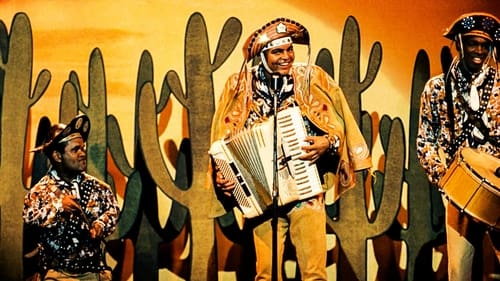
Art Direction
Luiz Gonzaga decides to change his destiny and leaves his childhood home for the big city to overcome a romance. When he arrives, he meets a woman he falls in love with, the Odaleia (Nanda Costa). After the birth of his son and his wife's health complications, he decides to return to the road to ensure a better future for his son. He has a friend in Rio de Janeiro and with him leaves the little one and heads to Brazil. He didn't imagine that this distance between them would develop into a complicated relationship, enhanced by the strong personalities of both. Based on conversations between father and son, this is the story of Luiz Gonzaga, a singer and accordion player known as Rei do Baião or Gonzagão.

Art Direction
Check out the hilarious story of luck and misadventures of Tino, a family man whose life is transformed after he wins the lottery. Dazzled by wealth, this boaster spends all his money on a life of luxury and ostentation. But after finding out that he is bankrupt, he faces comical situations: besides not telling his wife he is broke because she is pregnant and cannot get upset, Tino must accept help from his neighbor who is an extremely thrifty financial adviser and the only one capable of getting him out of the rut.
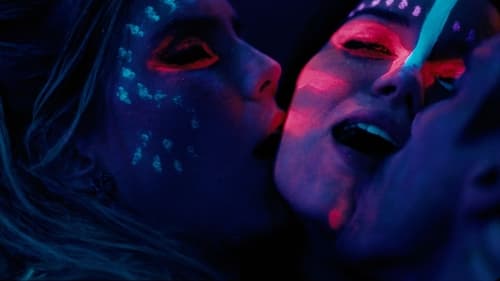
Production Design
Artificial Paradises tells the story of Nando and Erika, two young people in their twenties who meet several times without noticing. It tells the story of the subculture of electronic music and rave parties and drugs like MDMA.
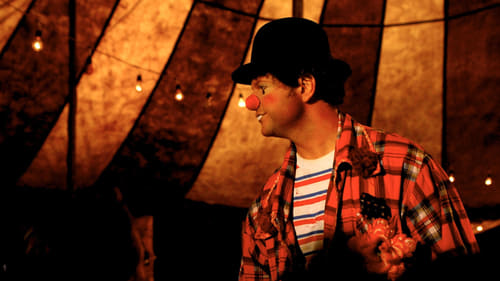
Art Direction
The life of the owners of Circus Esperança, Puro Sangue e Pangaré, father and son, who plays two clowns. At a certain point, Pangaré starts showing tiredness and sadness for being an unhappy clown.

Art Direction
Sandro was a boy who loved to sing rap, to kiss, to stare the statue of Christ the Redeemer and dreamed to go visit Copacabana. Growing up on streets, the story culminates at the infamous episode of 12th June 2000, when Sandro hijacked bus 174.

Production Design
Sandro was a boy who loved to sing rap, to kiss, to stare the statue of Christ the Redeemer and dreamed to go visit Copacabana. Growing up on streets, the story culminates at the infamous episode of 12th June 2000, when Sandro hijacked bus 174.

Art Direction
Comedic portrait of middle-aged women in Rio de Janeiro, including overworked housewife Magali and her over-the-top twin sister Magda, psychoanalyst Paula and her troublesome daughter Melanie, and stage star in crisis Lise.
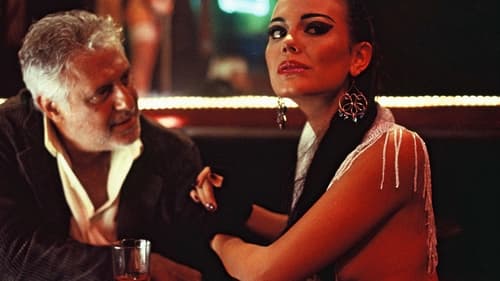
Production Design
Ex-cop Vieira is involved in the death of his lover , a prostitute who works in the streets of Copacabana, Rio de Janeiro. After her death, some strange things started to happen and Vieira is harassed at the same time by the police and some old bad guys from his past. Meanwhile, he is seriously involved with a young and pretty prostitute named Flor.

Art Direction
Documentary on the life and times of one of the most prominent Brazilian samba composers, Cartola (Angenor de Oliveira).

Production Design
Two teenagers from opposite sides of town, with very little in common except for their passion for music meet in 1970's Rio de Janeiro, at the height of the military dictatorship _ and of Brazil's booming underground rock scene.

Art Direction
An accident involving a flying manhole cover leads to a chance meeting between two childhood friends: a widow and the owner of a beauty parlor. Thus begins an entertaining game of seduction that brings memories and hidden desires to the surface - furtive passions that end up threatening the hairdresser's de facto marriage.

Art Direction
Inspired by the moving book “Só as Mães São Felizes”, by Lucinha Araújo, Cazuza's mother, the film covers a little more than 10 years of the singer’s crazy and brief life – from the beginning of his career in the Circo Voador venue, in 1981, to the huge success and the apotheosis of his shows with the Barão Vermelho band, his solo career, his relations with his parents, friends, lovers and passions, and the courage he had to face his final years, with HIV, until his death, in 1990.
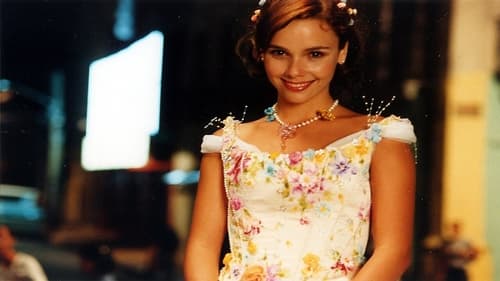
Production Design
Lisbela is a young woman who loves going to the movies. Leléu is a con man, going from town to town selling all sort of things and performing as master of ceremonies for some cheesy numbers, such as the woman who gets transformed into a gorilla. He gets involved with Linaura, a sexy and beautiful woman who happens to be the wife of the most frightening hitman of the place. The hitman finds out his wife's affair and goes after Leléu, who has to leave in a hurry. In another town, he meets and falls instantly in love with Lisbela, who is engaged to Douglas, a hillbilly who tries hard to pass for a cosmopolitan Rio de Janeiro dweller.
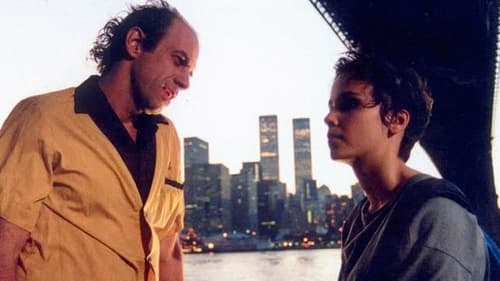
Art Direction
Paco and Tonho are illegal Brazilian immigrants in New York. Shy Tonho dreams of being successful, but misses his family and Brazil. Pursued by Immigration Service and later arrested, he is about to be deported. Paco, a rapper and performer, indifferent to all except her career, dreams of hitting the top ten chart. The film shows the relationship of the couple in love mid hope, difficulties, and misencounters in a beautiful and violent metropolis

Production Design
A documentary that focuses on two young male inhabitants of Recife (statistically, the fourth worst city in the world to live in) who have both reacted strongly to their situation. One has become a drummer in a rap/rock band. The other has killed forty-four people and is now in jail. Both use the term "Wicked Souls" to describe their enemies.

Art Direction
Rich and spoiled kid, frustrated for not being chosen to join the soccer lessons his idol Zico was going to give, asks his father to clone the player. But a small girl smells something fishy going on and asks her friends to help save the Brazilian soccer star.

Art Direction
At the end of the 19th century, a poor family comes to the rural Canudos, a community led by Antônio Conselheiro, seen by many as a holy prophet. Their ways bother the powerful people of the region, and the newly founded Republic sends their army to destroy the settlement, which culminates in one of the bloodiest wars in the history of Brazil.
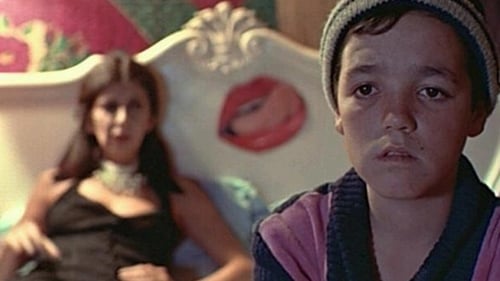
Art Direction
The true story of the boy who became famous when he was cast for the main part on the Brazilian film Pixote: A Lei do Mais Fraco (1981). After the film was over, he tried to work as an actor on other projects, with little success. As time went by, he got involved with crime.

























